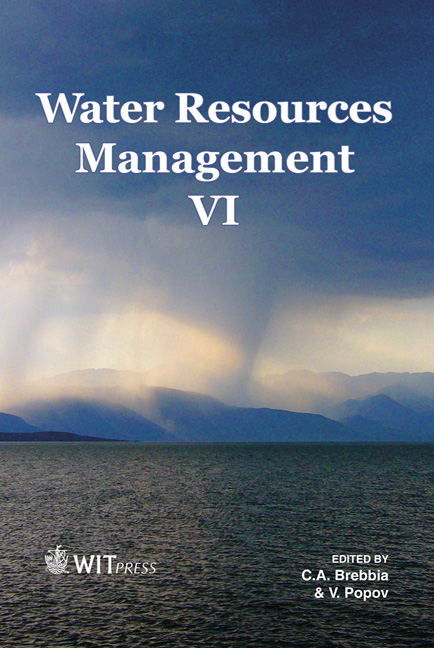Assessment Of Causes Leading To An Insufficient Water Supply In Tegucigalpa, Honduras
Price
Free (open access)
Transaction
Volume
145
Pages
12
Page Range
27 - 38
Published
2011
Size
392 kb
Paper DOI
10.2495/WRM110031
Copyright
WIT Press
Author(s)
Z. Coello-Balthasar, P. Phumpiu, B. Balfors & J. E. Gustafsson
Abstract
Tegucigalpa, the capital of Honduras with nearly one million inhabitants has been experiencing severe water shortage for the past decades resulting in intermittent water supply, ranging in some cases from 18 to 24 hours per week, and limited access to piped water in the topographically higher regions of the city. For the past 50 years the responsibility over Tegucigalpa’s water supply lay with the National Autonomous Aqueduct and Drainage Service (SANAA). Through interviews with persons from various organizations active in Tegucigalpa’s water sector, problems that contributed to the ongoing water shortage were analyzed. The results suggest that the performance of SANAA has largely been compromised through the interference with and dependence on other central governmental agencies and local authorities. Municipalisation is advocated as a new opportunity for the water supply of Tegucigalpa, if the Municipality, as the new agent, is able to provide an institutional environment for planning execution, project continuity, and qualification-based recruitment. Keywords: water supply, municipalisation, Tegucigalpa, Honduras. 1 Introduction Insufficient water supply is a serious problem affecting the environment, people and their activities on different levels ranging from managing crop production,
Keywords
water supply, municipalisation, Tegucigalpa, Honduras





